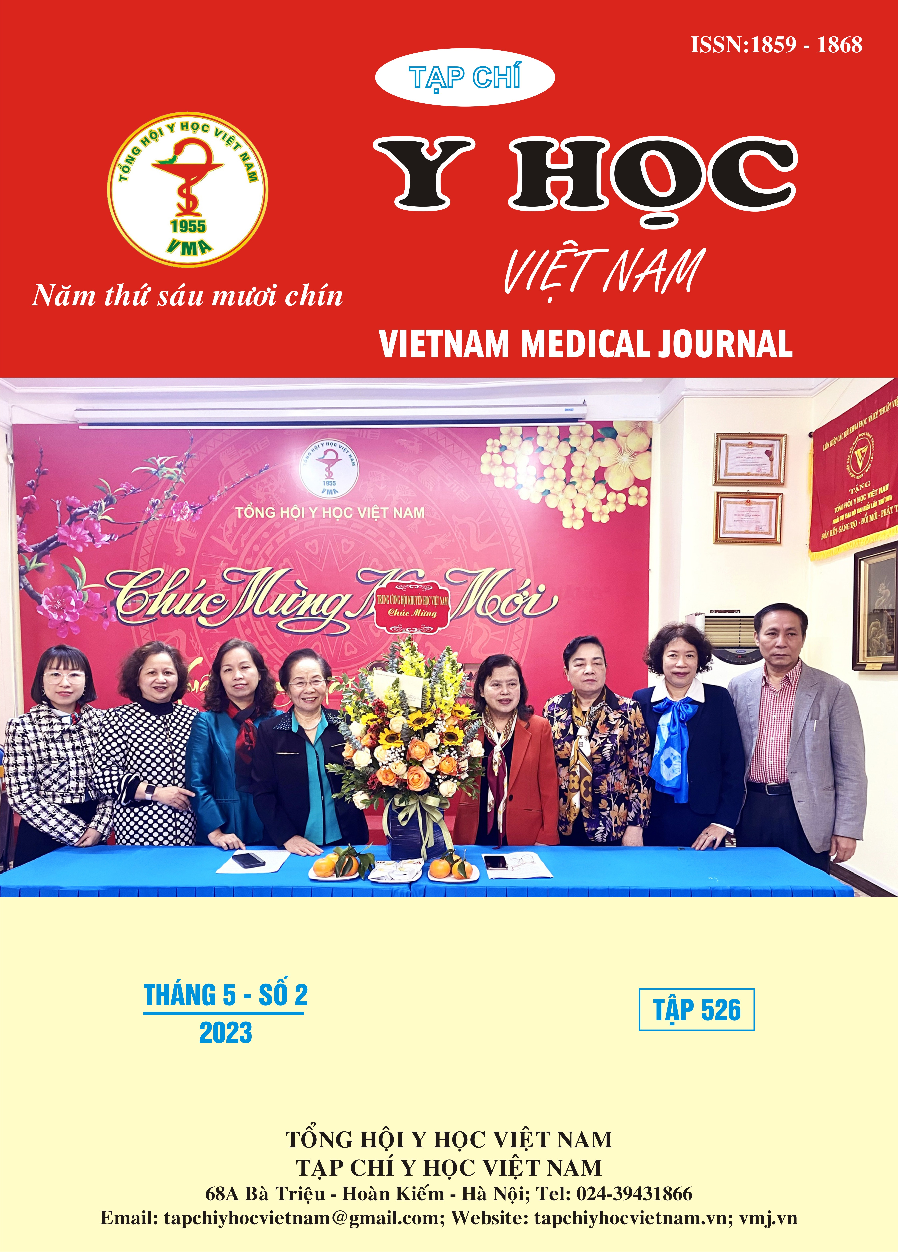ẢNH HƯỞNG CỦA NHIỆT ĐỘ, NỒNG ĐỘ VÀ BƯỚC SÓNG ÁNH SÁNG ĐẾN GÓC QUAY CỰC RIÊNG CỦA DUNG DỊCH CHẤT HOẠT QUANG
Nội dung chính của bài viết
Tóm tắt
Góc quay cực riêng của chất hoạt quang đặc trưng cho khả năng làm quay mặt phẳng dao động của ánh sáng đi qua nó. Trong nghiên cứu này, góc quay cực riêng của dung dịch đường nâu và đường trắng ở các nồng độ, nhiệt độ, bước sóng khác nhau được xác định. Bộ thí nghiệm đo góc quay cực cơ được cải tiến sử dụng hệ đèn LED với bốn màu ánh sáng đơn sắc được sử dụng, ống phân cực dài 1 dm và có gắn đầu đo nhiệt độ. Kết quả cho thấy góc quay cực riêng của dung dịch phụ thuộc vào bản chất dung dịch chất hoạt quang, nhiệt độ, nồng độ dung dịch và bước sóng ánh sáng. Góc quay của mặt phẳng ánh sáng phân cực phụ thuộc tuyến tính vào nồng độ của dung dịch đường, đạt giá trị lớn nhất khi sử dụng ánh sáng xanh lam và nhỏ nhất với ánh sáng đỏ. Nghiên cứu cũng phát hiện ra rằng đường nâu có khả năng làm quay mặt phẳng của ánh sáng phân cực lớn hơn đường trắng. Cuối cùng, những phát hiện này cung cấp sự hiểu biết về tính chất của ánh sáng phân cực khi đi qua một dung dịch chất hoạt quang, điều này có ý nghĩa rất lớn trong nghiên cứu Y – Dược.
Chi tiết bài viết
Từ khóa
Góc quay cực riêng, chất hoạt quang, đường trắng, đường nâu, bước sóng, nhiệt độ, nồng độ.
Tài liệu tham khảo
2. Soni M. (2019), “A Review on the Measurement of Optical Activity by Using a Polarimeter,” J. Pharmacogn. Phytochem., 8(2), pp. 358–360.
3. Matti D. J. (2014), “Study the Effect of the Sugar Solutions on the Rotation of the Plane of Polarization,” Nahrain Univ. Coll. Eng. J., Vol.17(No.1), pp. 60–66.
4. Anderson J., Gillen C., et al. (2020), “Optical Rotation of White Light,” Am. J. Phys., 88(3), p. 247.
5. “European Pharmacopoeia 10.1 V.1-2. Strasbourg: Council of Europe,” 2021”
6. “Japanese Pharmacopoeia 18th Edition - English Version Now Available - ECA Academy,2021”
7. Kvittingen L., and Sjursnes B. J. (2020), “Demonstrating Basic Properties and Application of Polarimetry Using a Self-Constructed Polarimeter,” J. Chem. Educ., 97(8), pp. 2196–2202.
8. Nardone E., Dey T., et al. (2013), “The Effect of Sugar Solution Type, Sugar Concentration and Viscosity on the Imbibition and Energy Intake Rate of Bumblebees,” J. Insect Physiol., 59(9), pp. 919–933.


